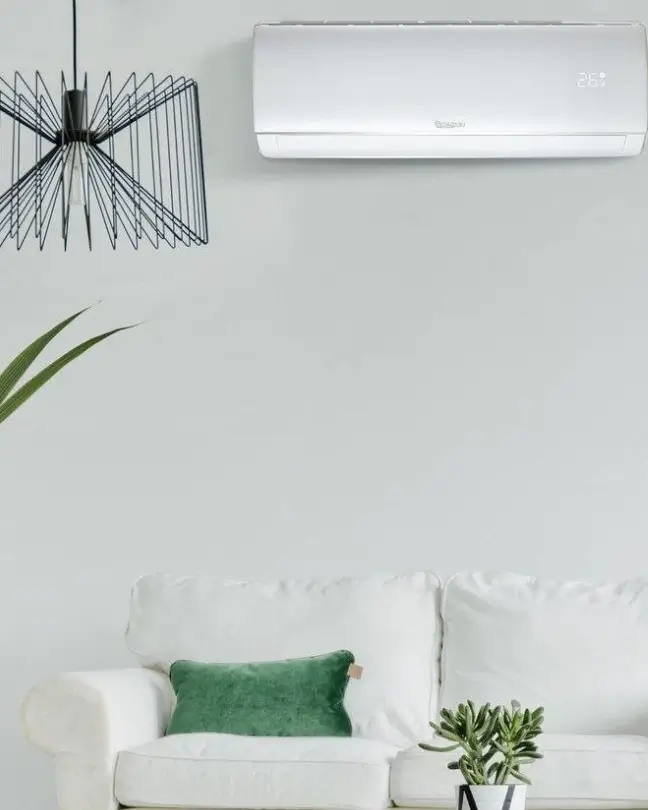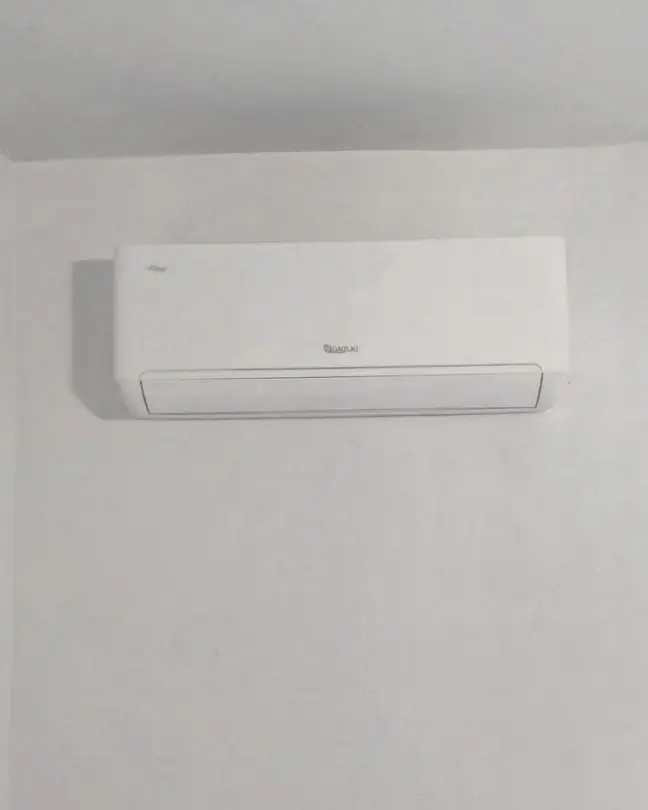Are mini splits energy efficient? As a homeowner, this is a question you may be asking yourself if you’re considering installing a new HVAC system. Mini splits, also known as ductless mini split systems, are gaining popularity as a more energy-efficient option for heating and cooling your home. But how do they compare to traditional HVAC systems in terms of energy efficiency?
First, let’s define what a mini split system is. A mini split system is a type of HVAC system that consists of an outdoor unit and one or more indoor units. Unlike traditional HVAC systems, mini splits do not require ductwork to distribute air throughout your home. Instead, the indoor units are mounted on walls or ceilings and connected to the outdoor unit via a small conduit. This makes mini splits a great option for homes without existing ductwork or for room additions where extending ductwork is not feasible.
Energy Efficiency of Mini Splits
As someone who is always looking for ways to save on energy bills, I was curious about the energy efficiency of mini splits. After doing some research, I found that mini splits are indeed energy efficient and can save homeowners a significant amount of money on their energy bills.
According to the US Department of Energy, mini splits with a zoning system can save homeowners up to 30% on their energy bills. This is because mini splits operate without ductwork, which ensures that every bit of hot or cool air is delivered directly to the room it is intended for, without any loss in efficiency.
In addition, mini splits are designed to use up to 60% less energy than standard home electric radiators. This is because they transfer heat rather than generate it, using more sophisticated compressors and fans that can adjust speeds to save energy and money.
Another advantage of mini splits is that they are environmentally friendly. ENERGY STAR certified ductless heat pumps, which include mini splits, are designed to reduce greenhouse gas emissions and use eco-friendly refrigerants.
Overall, mini splits are a great choice for homeowners who want to save money on their energy bills while also reducing their carbon footprint.
Are Mini Splits Energy Efficient? Factors Affecting Energy Efficiency
As someone who has researched extensively on mini splits, I can confidently say that they are energy efficient. However, there are several factors that affect their efficiency. In this section, I will discuss the most important factors that affect the energy efficiency of mini splits.
Size and Capacity
The size and capacity of the mini split system are crucial factors that affect its energy efficiency. If the system is too small for the space it is supposed to heat or cool, it will have to work harder to maintain the desired temperature, which will result in higher energy consumption. On the other hand, if the system is too large for the space, it will cycle on and off frequently, which will also result in higher energy consumption.
Installation and Maintenance
The installation and maintenance of the mini split system are also important factors that affect its energy efficiency. A poorly installed system can result in air leaks, which will cause the system to work harder and consume more energy. Similarly, a poorly maintained system can result in reduced efficiency due to clogged filters, dirty coils, or other issues.
Climate and Usage
The climate and usage of the mini split system are also important factors that affect its energy efficiency. In areas with extreme temperatures, the system will have to work harder to maintain the desired temperature, which will result in higher energy consumption. Similarly, if the system is used excessively or inefficiently, it will consume more energy.
Benefits of Energy Efficient Mini Splits

Comparing Mini Splits with Other HVAC Systems
Are mini splits energy efficient when compared to other HVAC systems? Let’s take a look.
Mini Splits vs Central Air
Central air systems have been the go-to for many years. They use ductwork to distribute cool or warm air throughout the home. While this system is effective, it’s not always the most efficient. Ductwork can account for up to 30% of energy loss in a home, which can lead to higher energy bills.
Mini-split systems, on the other hand, don’t require ductwork. Instead, they use a small outdoor unit and one or more indoor units to heat or cool specific areas of the home. This targeted approach to heating and cooling can save homeowners a lot of money in energy costs.
Mini Splits vs Traditional HVAC
Traditional HVAC systems are similar to central air systems in that they use ductwork to distribute air throughout the home. However, they are typically less efficient than mini-split systems. Mini-splits use variable speed compressors and fans to adjust speeds and save energy. Additionally, because they transfer heat rather than generate it, they use up to 60% less energy than standard electric radiators.
Who Can Install My Mini Split or Central Air?
When it comes to installation, both mini-split and central air systems require professional installation. However, mini-splits are typically easier and less invasive to install. They don’t require ductwork, which can save time and money on installation costs.
Choosing an Energy Efficient Mini Split

First and foremost, look for a mini split system with an ENERGY STAR certification. ENERGY STAR certified ductless heat pumps are an energy-efficient and environmentally-friendly way to keep your home comfortable without the trouble or expense of ductwork. According to the EPA, mini splits avoid the energy losses associated with ductwork, which can account for more than 30 percent of a home’s energy use for space conditioning. You can find a list of ENERGY STAR certified mini split heat pumps on the EPA ENERGY STAR website.
Another factor to consider is the Seasonal Energy Efficiency Ratio (SEER) and Heating Seasonal Performance Factor (HSPF) rating of the mini split system. The SEER rating measures the cooling efficiency of the system, while the HSPF rating measures the heating efficiency. The higher the SEER and HSPF rating, the more energy-efficient the system is. Look for a mini split system with a SEER rating of at least 14 and an HSPF rating of at least 8.2.
In addition to the SEER and HSPF ratings, consider the size of the mini split system. A system that is too small will have to work harder to heat or cool your home, while a system that is too large will waste energy and money. Consult with a professional HVAC contractor to determine the appropriate size for your home.
Finally, consider the features of the mini split system. Some systems come with advanced features like programmable thermostats, air purifiers, and dehumidifiers, which can help improve the energy efficiency of the system.
FAQ
How can I make my mini-split more efficient?
To make a mini-split more efficient, clean or replace the air filter regularly, install the indoor unit in a shaded area, seal air leaks around doors and windows, use zoning to control temperature in specific areas, and schedule annual maintenance to ensure optimal performance.
What are the disadvantages of mini-split systems?
The disadvantages of mini-split systems include high installation costs, limited air quality control, aesthetic concerns, small capacity, and potential for leaks or malfunctions. They can also be difficult to install and require professional maintenance and repair.
Where should you not install a mini split?
The disadvantages of mini-split systems include high installation costs, limited air quality control, aesthetic concerns, small capacity, and potential for leaks or malfunctions. They can also be difficult to install and require professional maintenance and repair.
Where should you not install a mini split?
Mini splits should not be installed in areas with high humidity or moisture, such as bathrooms or laundry rooms, as this can lead to mold and mildew growth. They should also not be installed in areas with extreme temperatures or where they may be exposed to direct sunlight or extreme weather conditions.
If you liked this blog article about the topic: Are Mini Splits Energy Efficient, don’t forget to leave us a comment down below to tell us about your experience.
Feel free to also check out our other Articles from the category “Energy Efficiency“





